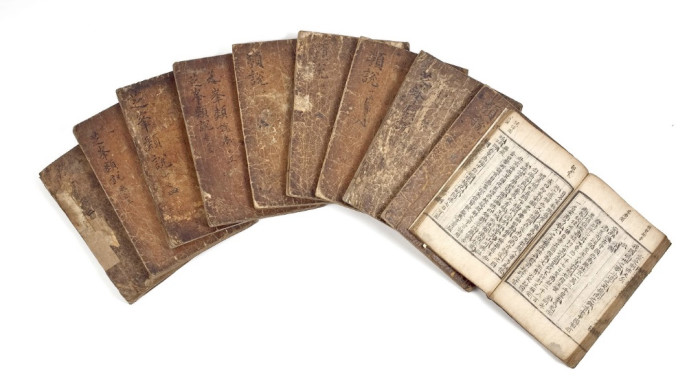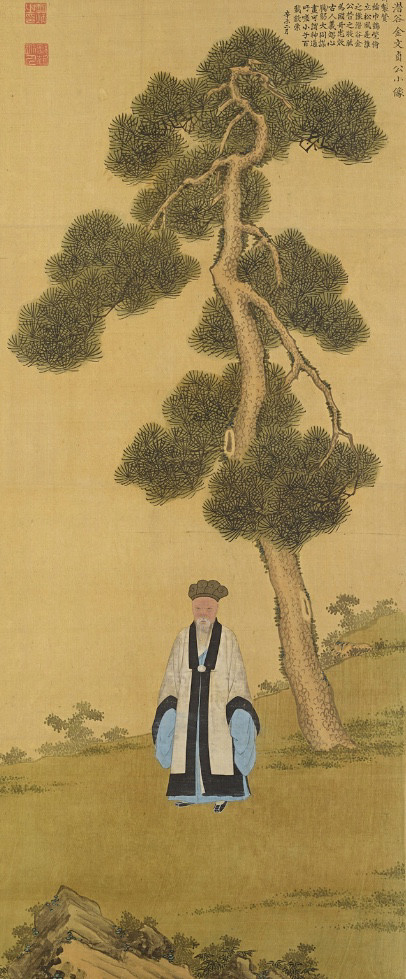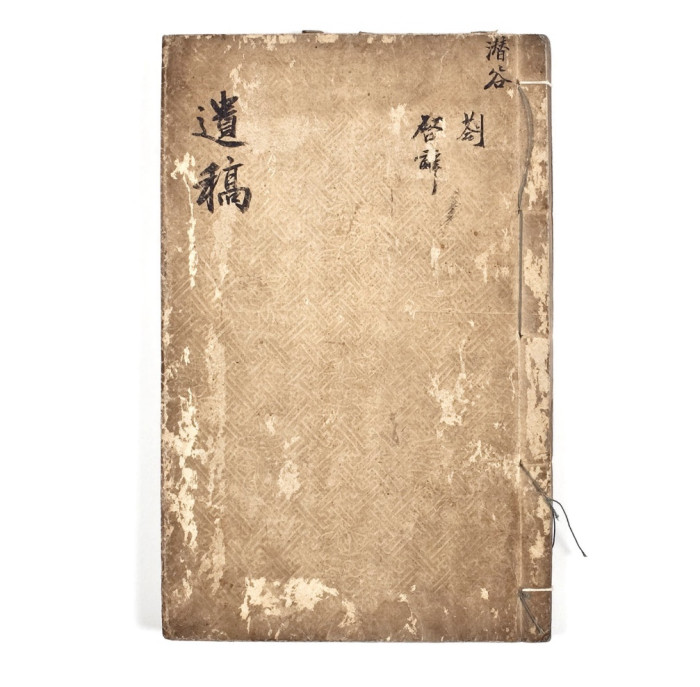지지씨
THE FORMATION AND DEVELOPMENT OF KOREAN SILHAK, ASTRONOMY AND GEOGRAPHY
1. Formation of Silhak
From the mid-16th century, the three principal countries of East Asia, Joseon (Korea), China, and Japan, underwent dramatic changes under the influence of western culture and civilization. In Japan, Oda Nobunaga unified the country with the assistance of imported matchlock guns. In contrast, the Ming Dynasty of China ran into a crisis after failing to cope with the new challenges. The situation led to a seven-year war (1592-1598) that started with Japan’s invasion of Joseon. Several decades later, the Qing Dynasty of China invaded Joseon in 1636-1637. The entire territory of Joseon was laid waste by the two devastating invasions.
The Joseon government saw the need to push ahead with far-reaching reforms, including tax reforms, to cope with the difficult situation. During the Joseon Period, three types of tax were imposed on the people, i.e. field tax, tribute, and labor mobilization. Of the three types, ordinary people found tribute the most burdensome. The government adopted two epoch-making systems, Daedongbeop, a system in which people paid all tributes to the central government in the form of rice, and Gyunyeokbeop, a system in which tax was imposed in the form of cotton cloth instead of military service according to the acreage of fields owned by people rather than the number of people. As a result, the tax burden imposed on commoners was alleviated considerably. This was followed by the development of periodically-opened markets and the goods-based economy. In contrast, the country’s academic elite was still engrossed in the theory of li and qi, the study of prose composition and verse, and study of the etiquette system, which were hardly practical at all. By the mid-17th century many people had awakened to the need to use academic learning to improve their everyday lives. This was the very beginning of Silhak, which began developing amid efforts to introduce reforms and the introduction of natural science from western countries.
Such initiatives led to innovation in the land system and the lord-vassal relationship as well as the promotion of commerce and industry. The introduction of more advanced natural science stimulated the development of astronomy and geography, and, for that matter, Silhak. The emergence of Silhak also encouraged scholars to focus on the need to reform existing systems, promote commerce, and develop technology.

Jibongyuseol (Topical Discourses of Jibong)
This encyclopedic work written by Yi Su-gwang (1563-1628) aimed to introduce his readers to cultural achievements made outside Korea and of which he had gained knowledge through China. The book contains a total of 3,435 entries arranged into 182 categories under 25 sections, with all the texts carefully referenced. The content and format of the book exerted a strong influence upon some important books written by the younger generation of Silhak scholars, such as Miscellaneous Writings by Seongho (Seonghosaseol) by Yi Ik (1681-1762), A Study on the Names of Things (Mulmyeonggo) by Yu Hui (1773-1837), and Scattered Manuscripts of Glosses and Comments by Oju (Ojuyeonmunjangjeonsango). The book also contains an introduction of the world map the author saw in The True Doctrine of the Lord of Heaven (Tianzhu shiyi) with a title, "General Map of European States."
Western culture and civilization was first introduced to China in the mid-16th century, although its influence was fully felt only after the Italian Matteo Ricci (1552-1610) settled in Beijing in 1601 as a Jesuit missionary. Meanwhile, Korean royal envoys who were dispatched to China naturally brought western culture and civilization back home with them. Jibongryuseol written by Yi Su-gwang (1563-1628/pen-name: Jibong) in 1641 offers a detailed explanation of the western culture and civilization introduced to China at that time.
Yi Su-gwang paid three visits to Ming China as a royal envoy. In Beijing, he met with his counterparts from Southeast Asia and gained a deeper understanding of their history and culture. He also witnessed the religious and cultural activities of western missionaries there. From the map of the world made by Matteo Ricci in 1602, he acquired an understanding of many aspects of European civilization.
Jibongryuseol briefly explains the content of The True Meaning of the Lord of Heaven written by Matteo Ricci and provides information on the geography, climate, production, history, etc. of over 50 countries including Portugal, the Netherlands, the United Kingdom, and Italy. The book maintains an objective viewpoint, distancing itself from the traditionally rigid Sino-centric worldview. It also introduced Buddhism and Islam favorably. Such an objective view of countries other than China formed the basis of the Silhak worldview.

Songhahanyudo (Painting of the Rest under a Pine Tree)
This portrait of Gim Yuk (1580-1658, a.k.a. Munjeonggong, or Jamgok) was painted by a Ming artist named Hu Bing in 1637 while the scholar-statesman was on a visit to the Chinese dynasty as a Joseon envoy. The diplomat is depicted wearing a silk head cloth and a "heron robe," standing under a pine tree in a relaxed manner. His head faces the viewer directly, but his body is turned slightly to the right, suggesting that he was wandering around the tree when the picture was painted. The top right of the painting contains a postscript written by King Yeongjo (r. 1724-1776) praising the life and achievements of Gim Yuk.
During the Joseon period, royal envoys were dispatched to Yanjing (present-day Beijing), the capital of the Qing Dynasty of China, to offer tribute to the Chinese emperor, who customarily offered a present to the Joseon king in return. An envoy was accompanied by hundreds of attendants, and usually stayed in China for a few months, while his entourage engaged in trading activities. Envoys would meet with Chinese intellectuals, examine items of culture and civilization to take home with him, or pay a visit to a Catholic church, thus exposing them to western culture and civilization. All this served as a stimulus to the development of Joseon’s culture and, for that matter, the development of Silhak.
This painting was made by a Chinese artist named Hu Bing for Gim Yuk during the latter’s stay in China as a royal envoy. Gim Yuk played a leading role in the implementation of the Daedongbeop (an innovative system in which people paid all tributes to the central government in the form of rice).

Jamgokyugo (Collection of Gim Yuk's Writings)
This book contains a collection of writings by Gim Yuk (1580-1658), a renowned Confucian scholar-statesman who implemented a number of reformative policies during the reign of King Hyojong of the Joseon Dynasty (r. 1649-1659). He played a key role in the implementation of the Uniform Land Tax Law (Daedongbeop) in 1638, and promoted the use of money, water wheels, and wheeled vehicles. He also studied the calendar of Western origin (Siheollyeok, i.e. the Current Standard Calendar) and led the government of Joseon to adopt it in 1653.
Gim Yuk (pen-name: Jamgok) was a reformist statesman who put innovative ideas including Daedongbeop and Siheolryeok (a calendar developed under the influence of western astronomy) into practice. Among the works left by him are Jamgok Yugo, Jamgok Byeolgo, and Jamgok Sokgo, which are collections of his prose and verse, and Yuwonchongbo (A Collection of Useful Phrases Taken from Classical Writings). Jamgok Yugo contains information on the implementation of the Daedongbeop system and the circulation of currency.
<ggc의 모든 콘텐츠는 저작권법의 보호를 받습니다.>
- 글쓴이
- 지지씨
- 자기소개